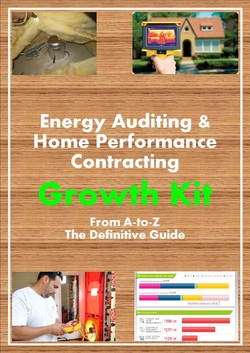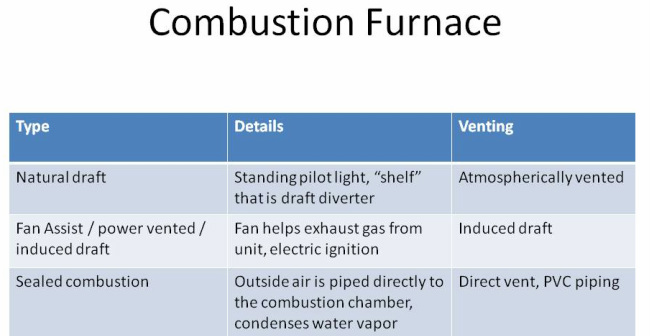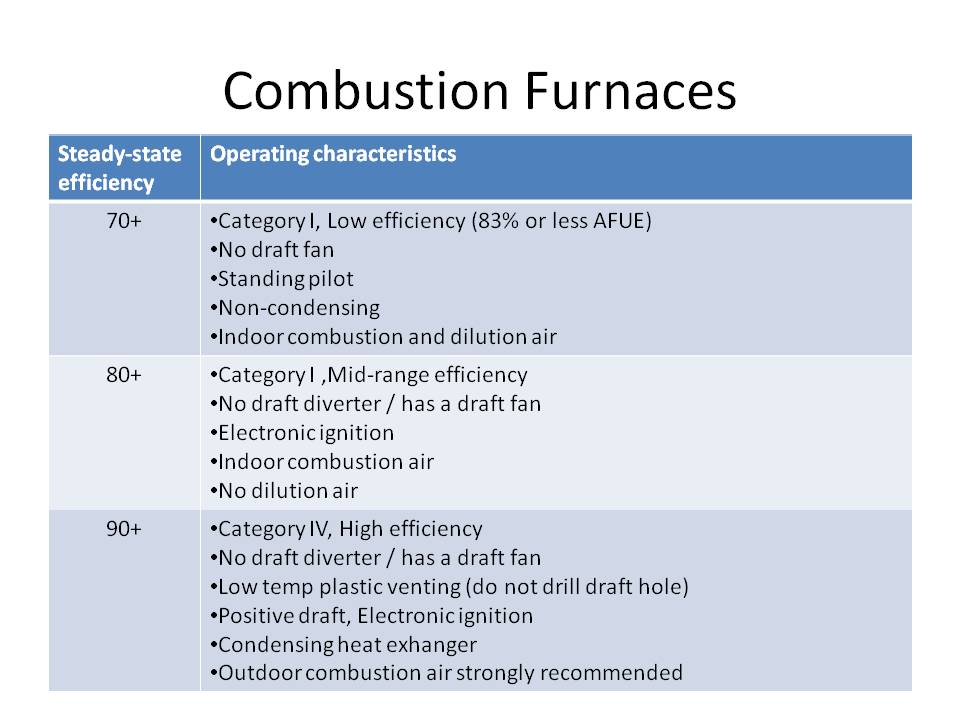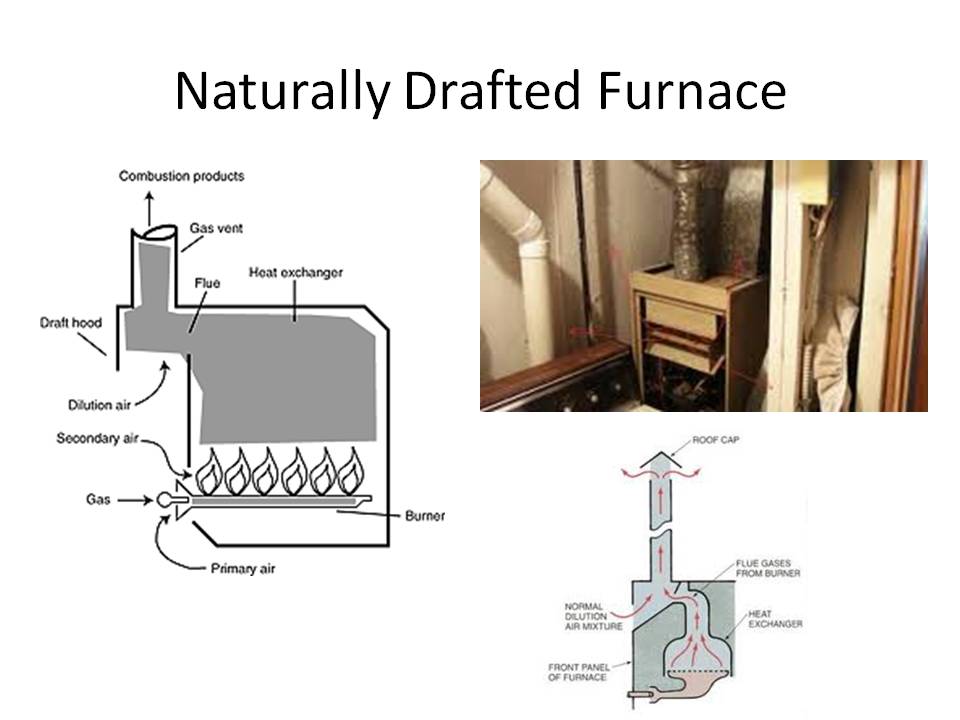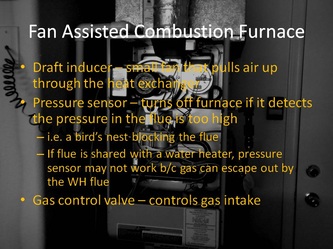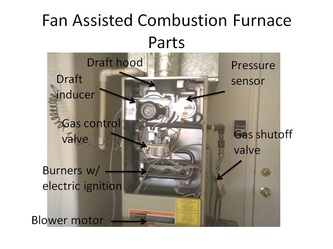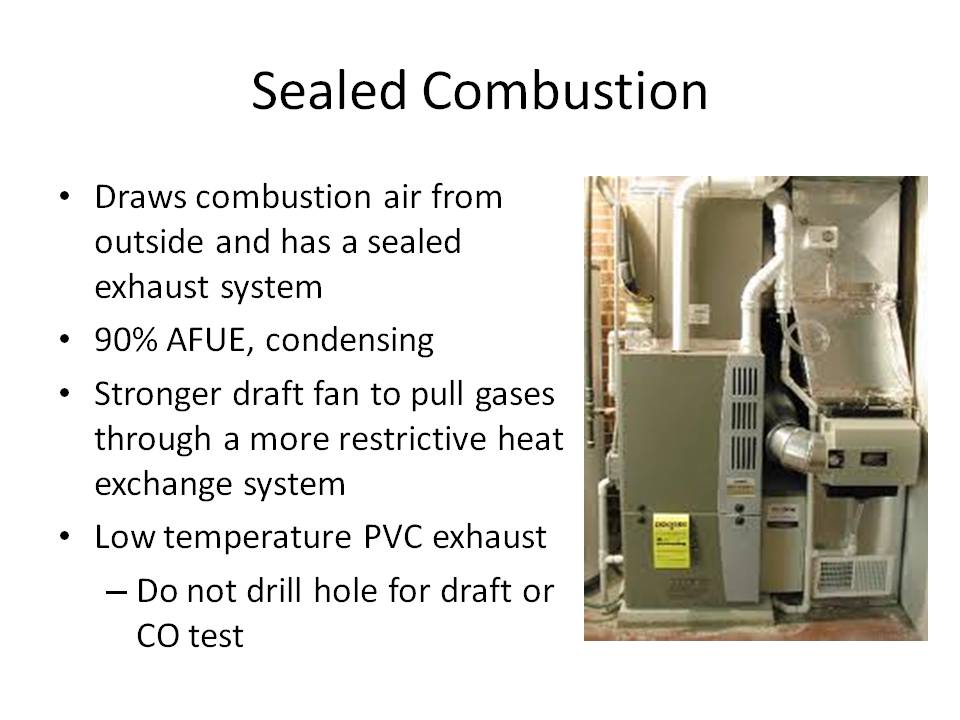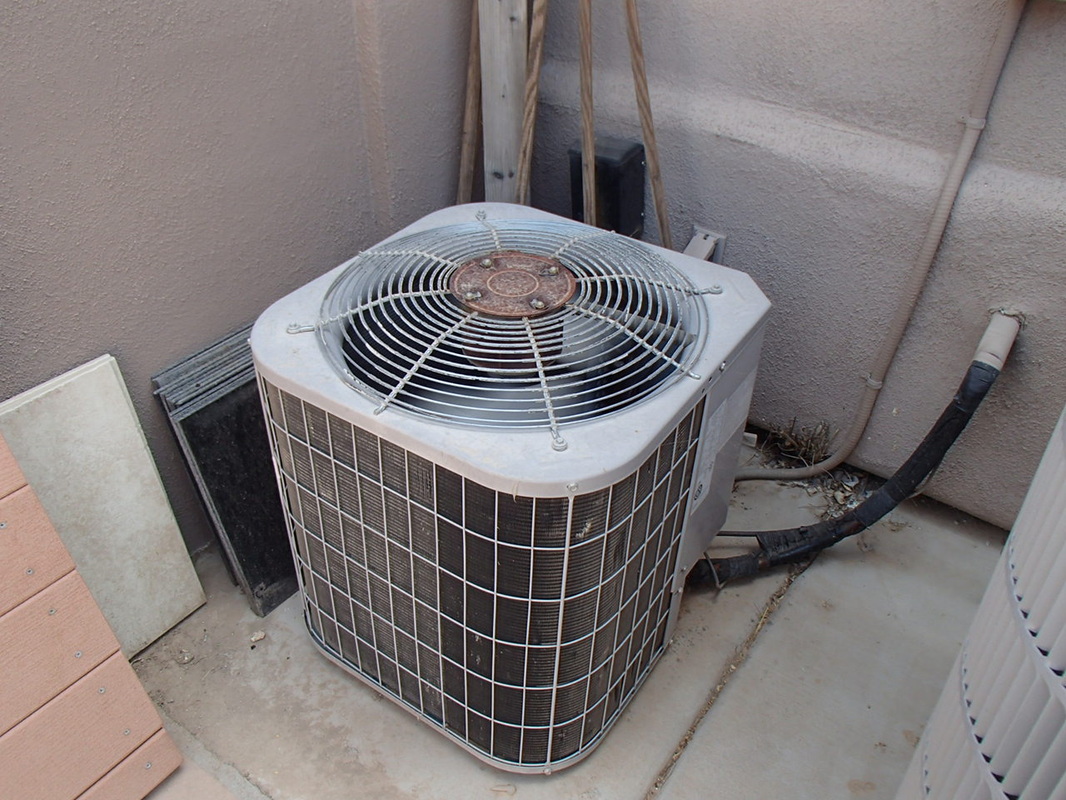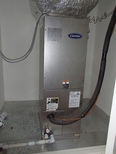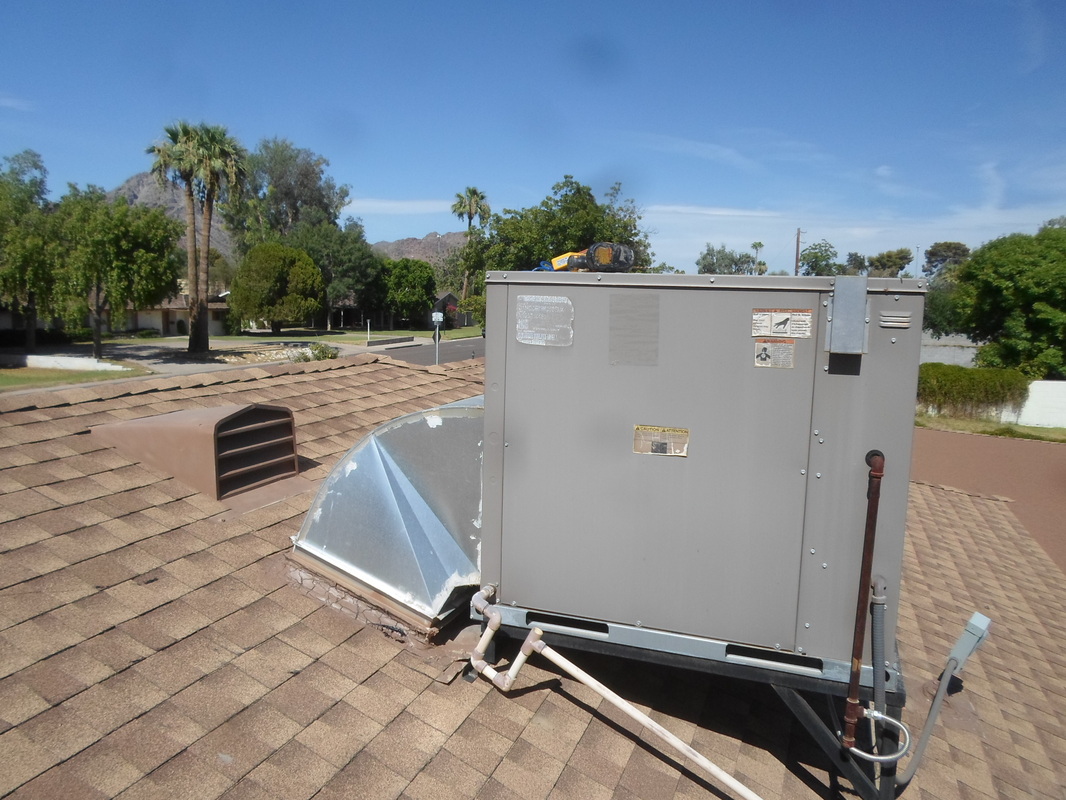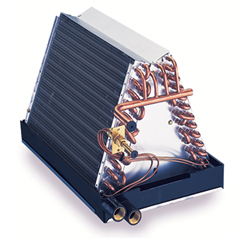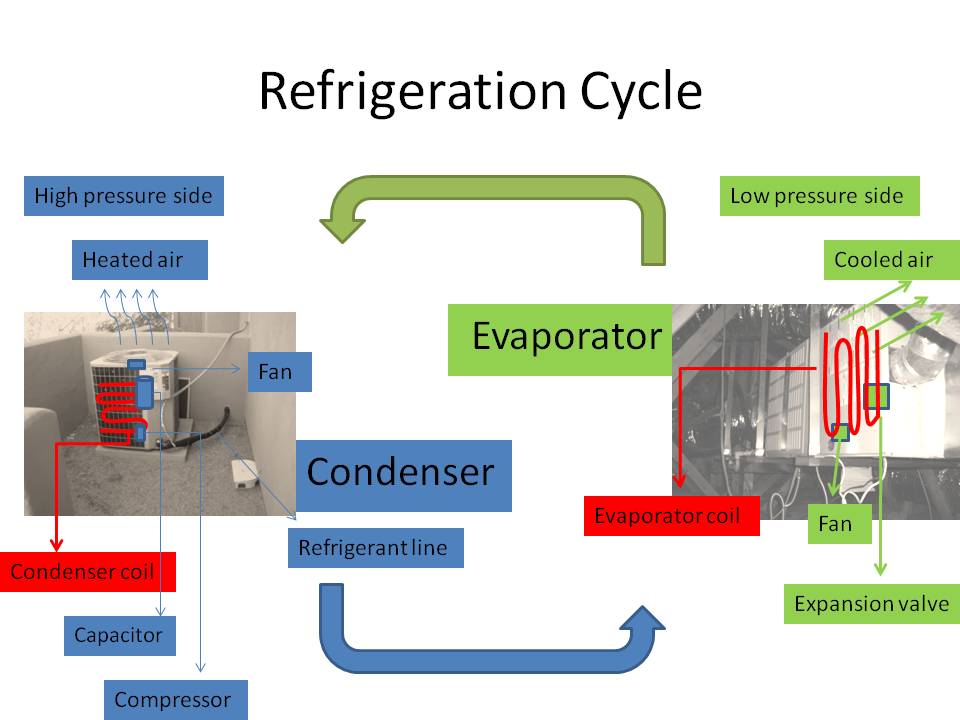Passing the BPI Exam With Energy Auditor Training
FREE BPI PRACTICE EXAMPUT YOUR HOME PERFORMANCE BUSINESS ON ROCKET FUELENERGY AUDITOR NEWSLETTERGet the only Energy Auditor Marketing Newsletter with monthly strategies and tactics to grow your home performance business.
The main topics of the BPI BA exam are listed out below. Click on a link that interests you, or you need some brushing up on to learn more on each subject.
1. Building Science Fundamentals 1a. Basic terms and definitions 1b. Principals of energy, air & moisture 1c. Combustion science 2. Buildings and Their Systems 2a. Building components 2b. Conservation strategies 2c. Comprehensive building assessment process 2d. Design considerations 3. Measurement and Verification of Building Performance 3a. Applied diagnostics and troubleshooting 4. BPI National Standards and Project Specifications 4a. Comprehensive building assessment 5. Analyzing Buildings Systems 5a. Comprehensive building assessment 5b. Appliances and lighting 6. Conduct and communications 6a. Conservation strategies |
BPI Written Exam - Section 2 Buildings and Their Systems
EquipmentFurnaces - furnaces use fuel to heat a heating coil and then blow air over the coils to deliver warm air to the home. Combustion furnaces are either atmospherically vented or sealed combustion furnaces. Atmospheric furnaces can be either natural draft (older) or fan assisted (newer). Seal combustion furnaces are the high efficiency furnaces.
Click on picture to expand.
Central air conditioners - central air conditioners use a separate air handler unit (AHU) located in the garage, house or attic to push air to the duct work. The air handler can be either a furnace system or a heat pump.
Heat pumps - A heat pump works just like a central air conditioning unit, only it has a reserving value to switch the direction of the refrigerant flow. You can find the reversing value inside the AC housing. With the reversing valve the heat pump can provide heating and cooling for the house with solely refrigeration rather than converting natural or propane gas. They are 1-3 times more efficient than electric furnaces. Heat pumps are not effective in very cold climates like the Midwest, but are designed for 95 degrees and are ideal for places like Phoenix with a small heating demand. Heat pumps can come as either a split or package system. A split system will have the AHU separate from the compressor. A package unit will have everything in one unit. ComponentsCompressor - The condenser is a pump the makes the refrigerant really hot so that heat transfer can take place.
Condenser coil (outside coil) - the condenser coil releases the heat outside (during cooling season). This cools the refrigerant line so when it goes back inside, it can adsorb the inside heat again, helping to cool the house. The refrigerant enters the condenser as a gas but leaves as a liquid. Note- in the winter or heating season, the condenser and evaporator roles are switched, so the condenser functions as the evaporator and the evaporator functions as the condenser.
Evaporator coil (aka A-coil or indoor coil) - A-coils are found in an AHU box, and used for heat transfer. It is important to keep the coils clean. Inside the coil, the refrigerant evaporates as it absorbs heat from the indoor air that passes over it. You can get a nice $200 by cutting out the copper from used AC's and selling it to scrap metal places if you install new units. AHU fans blow air over the cool (in the summer) indoor evaporator coils, to the duct system. When taking a static reading, be aware where the evaporator coil is not to damage it with the drill bit.
ControlsAll gas powered furnaces (propane or natural gas) have shut off valves outside the AHU. The burners ignite from a pilot light which should always be on or an electric ignition key. If there is a leak at one of the connections, only a CO detector will tell the occupants of a leak.
Power vented furnaces have a flip switch that can is turned on when the panel is covering the inside components. When the plate is taken off, the switch is deactivated so the unit does not fire up while someone may be working inside it. OperationHow furnaces work - gas furnaces are supplied gas which ignites from a pilot light or electric ignition key, the flames will then heat up a heat exchanger. At a specified temperature, the blower will turn on, blowing hot air through the supply ducts.
How heat pumps work - (for the heating season) the purpose of a heat pump is to adsorb heat from one place and transfer it to another place. The refrigerant is a heat transfer fluid, adsorbing and releasing the surrounding heat. Heat exchangers are condensers and compressors. Next Section2a. Building Components
2b. Conservation Strategies
2c. Comprehensive Building Assessment Process
2d. Design considerations
|

